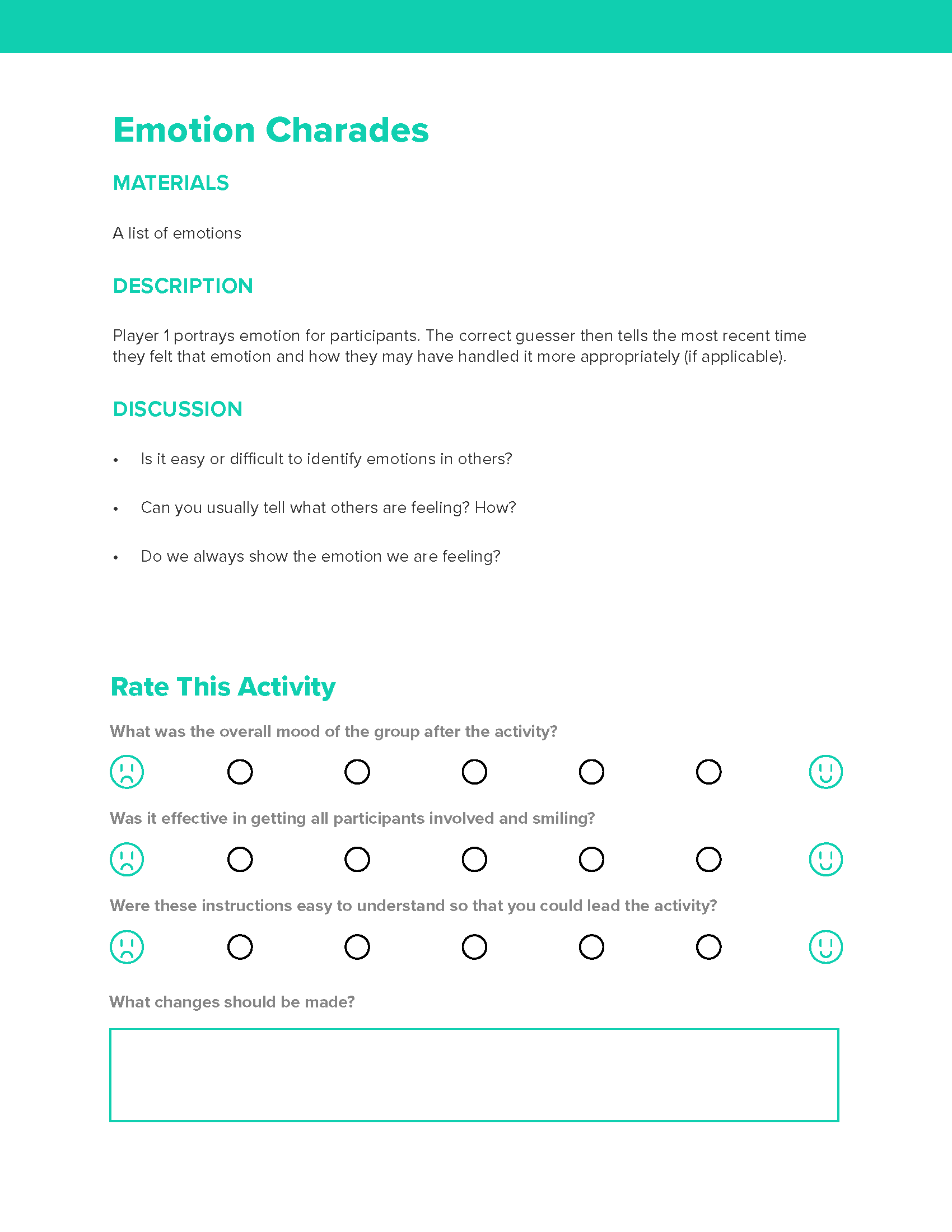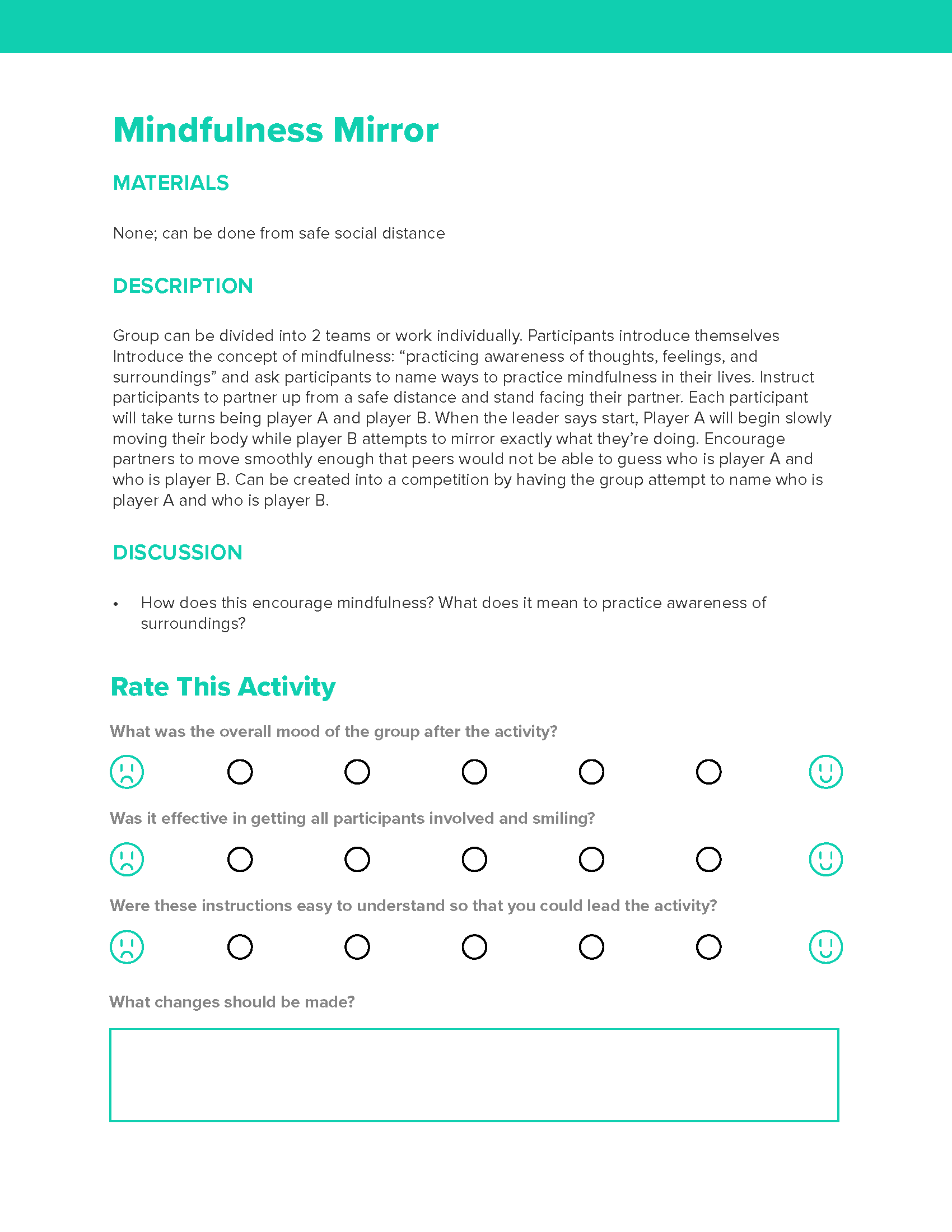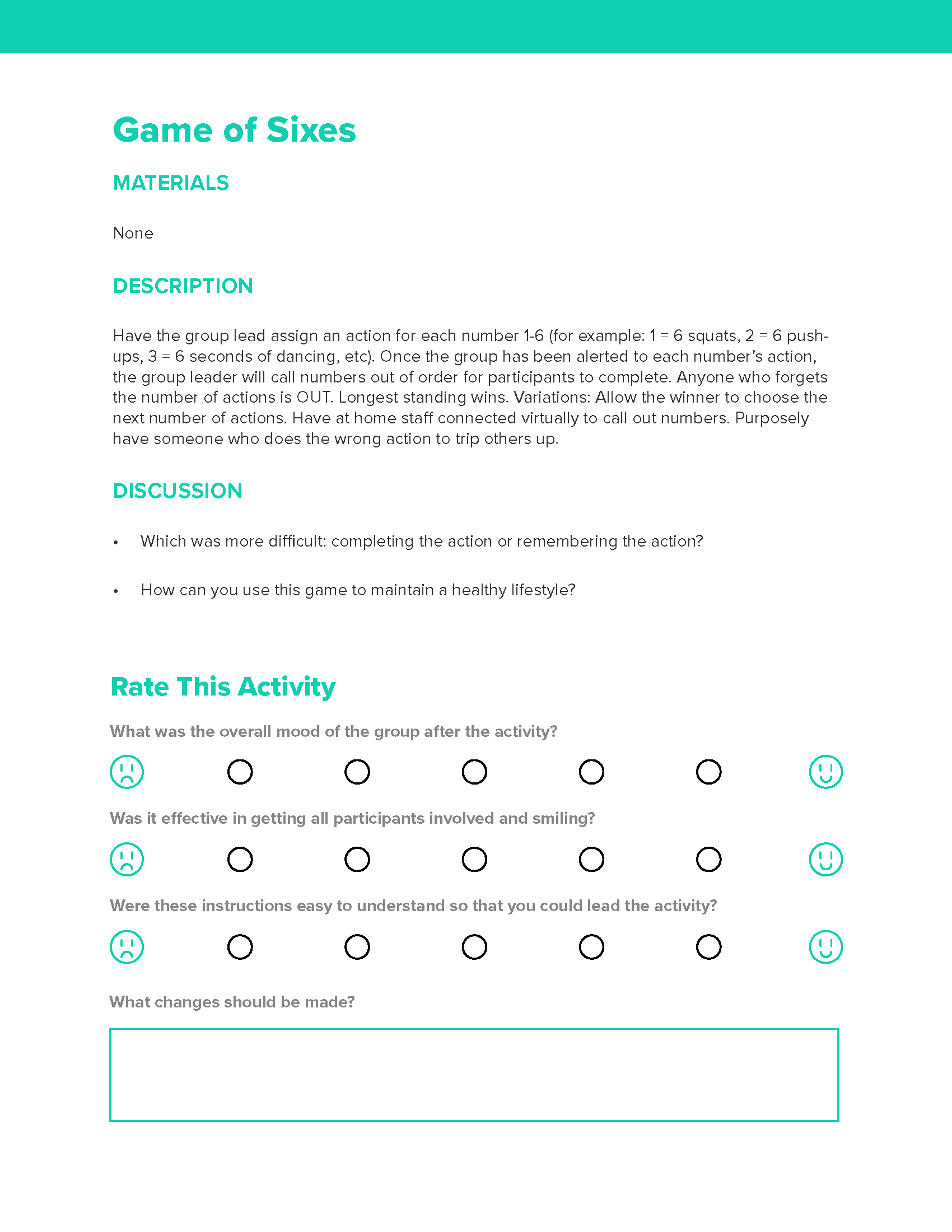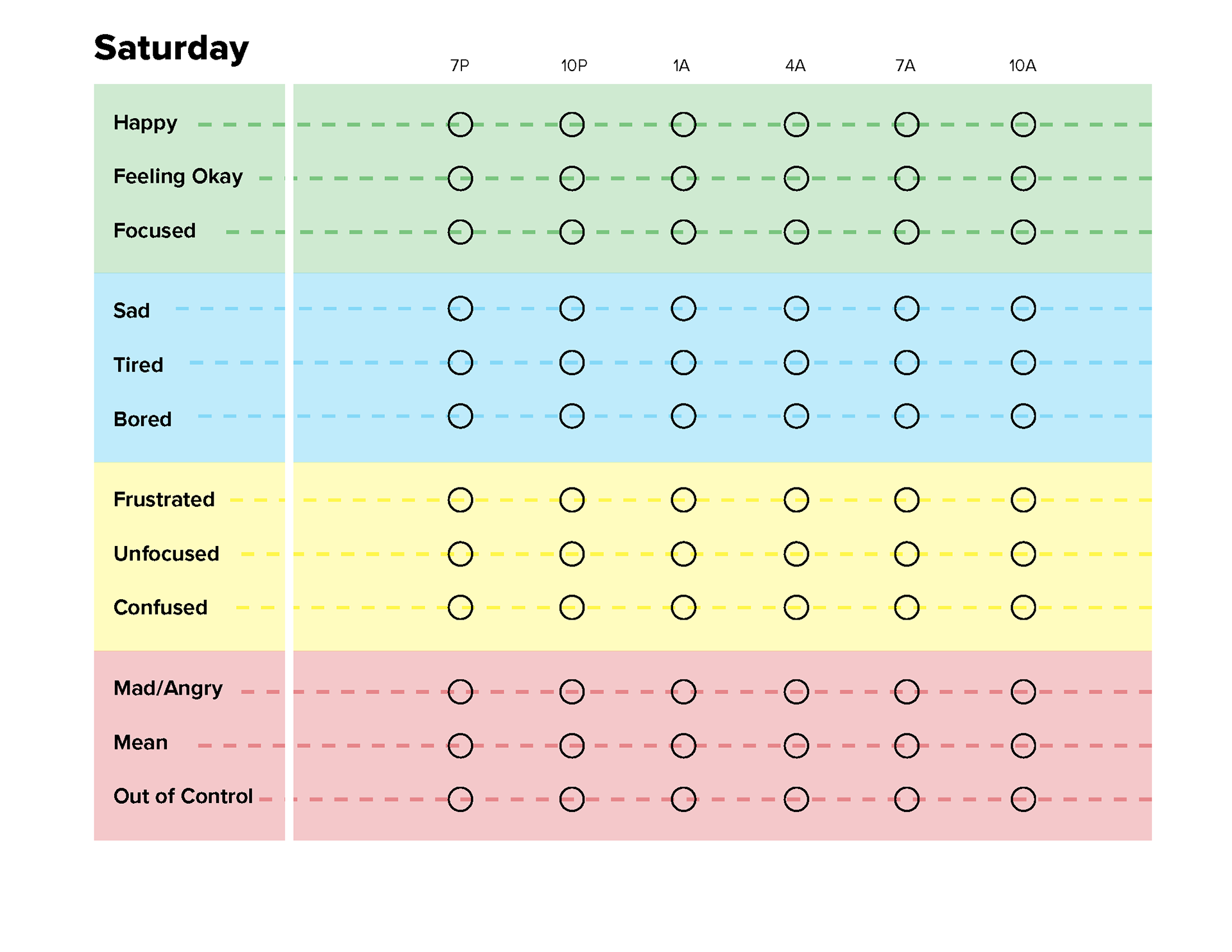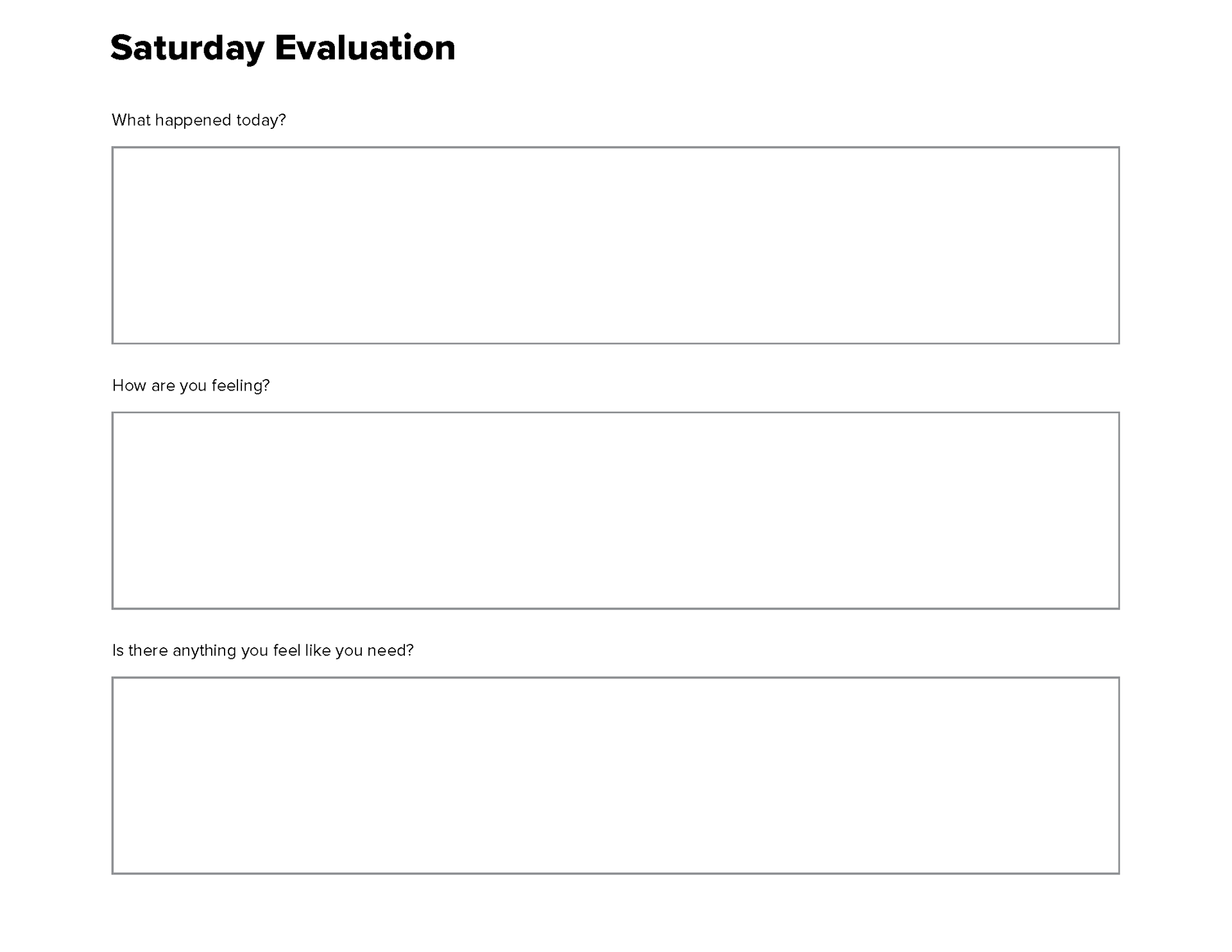
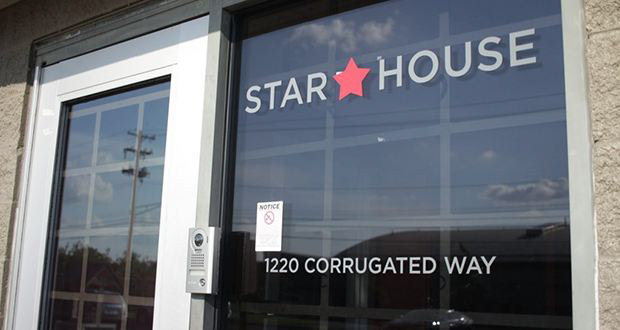




<client>
star house, the columbus foundation, & can't stop columbus
<team>
merry austin, sam chase, mike compton, shielaugh divelbiss, merce graell-colas, bre jacobs, eugene karnaoukhov, priya mehta, joe owens
<role>
service designer
<deliverables>
findings deck, executive presentation, & minimal lovable solution of an area of opportunity
<challenge>
Address the increased fatigue and morale of social workers and staff of the Star House whose work with homeless youth is affected by the pandemic.
<approach>
The effort was collaborative in nature with 3 different co-creation sessions to define the problem with a fact-finding session, we formulated the problem and opportunities with co-creative challenge mapping, then formulated solutions in a round-robin concept card write-up with members of the client team.
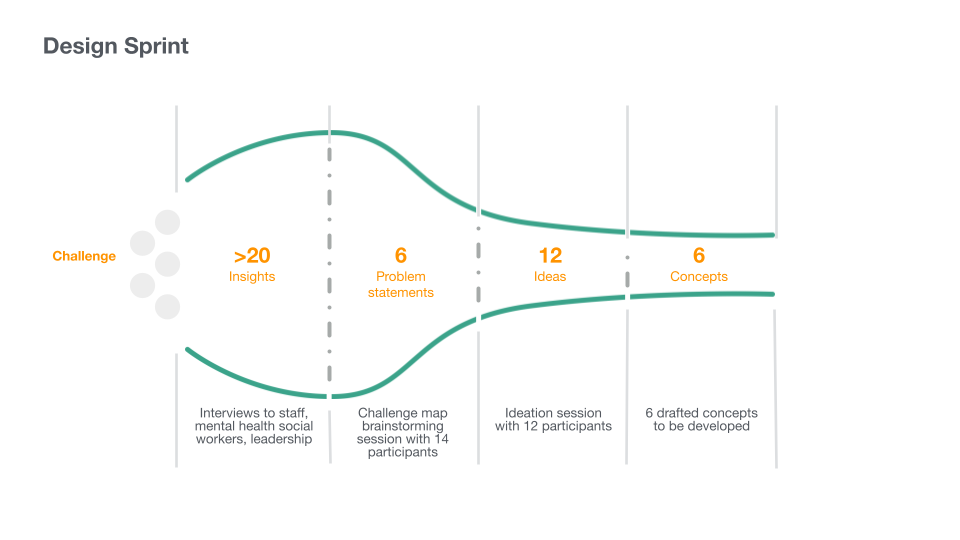
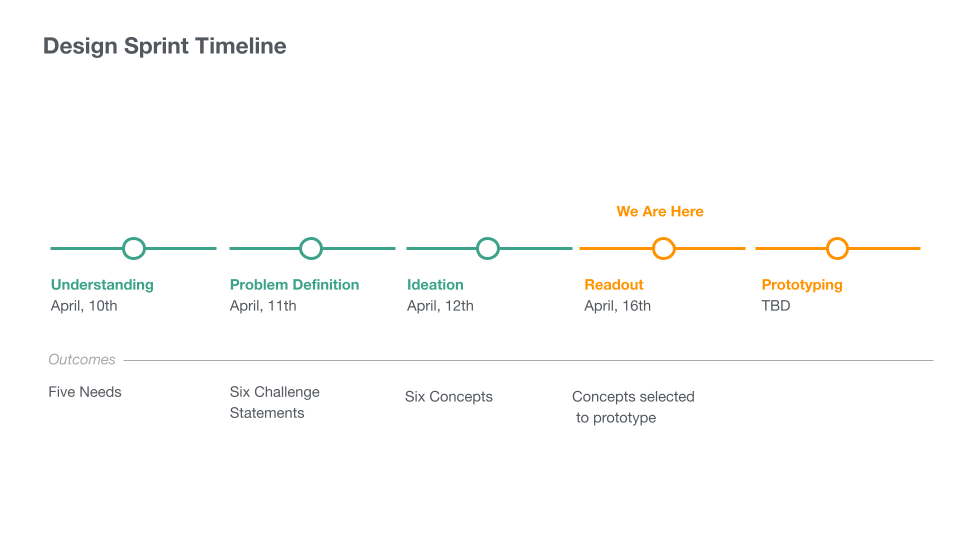
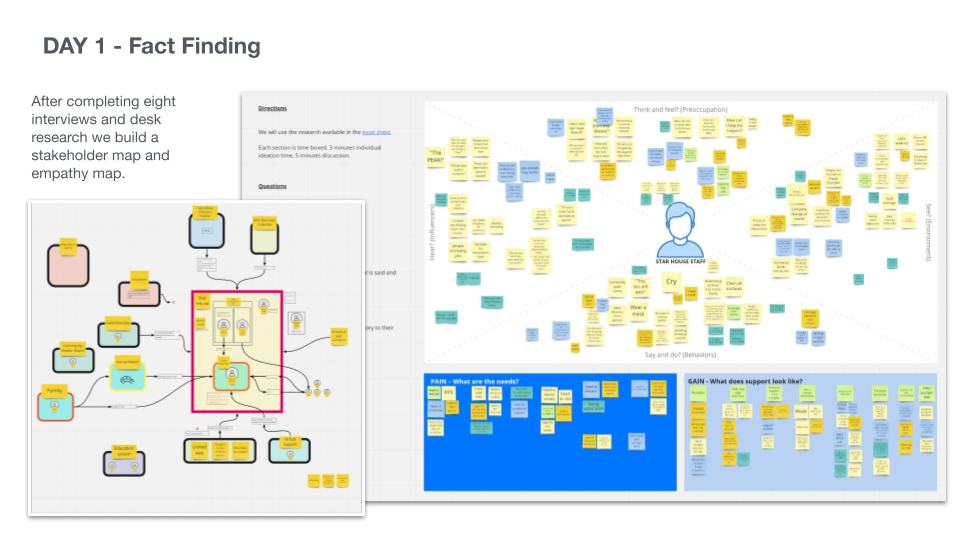
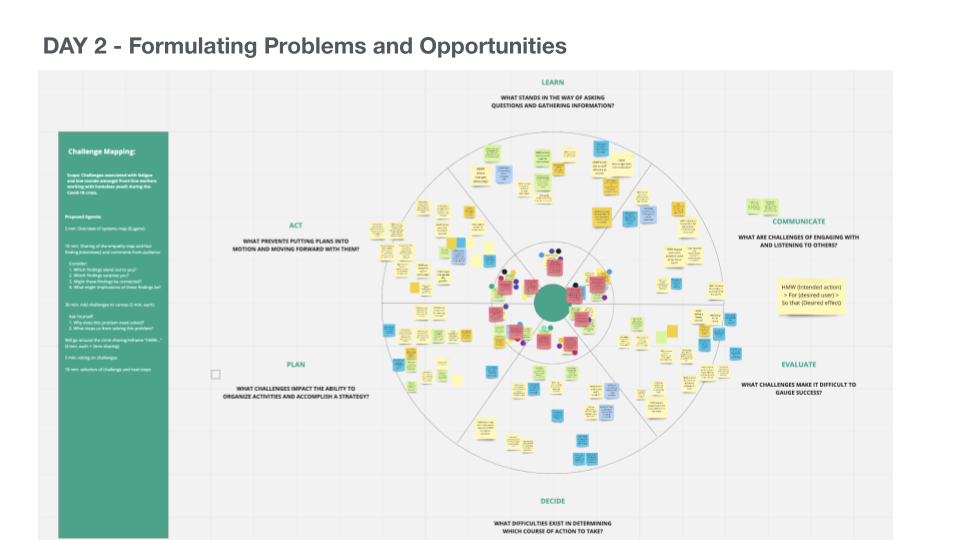
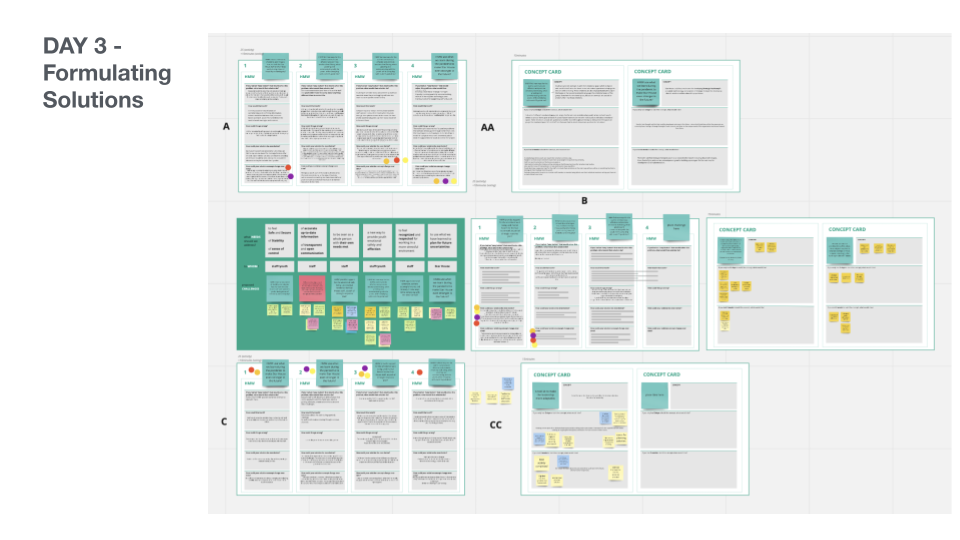
<key insights>
[anxiety] shift change for staff
Star House is closed from 11am to 7pm (rather than 24/7 as it once was) - all staff had to adapt to new shifts and roles have been switched.
Star House is closed from 11am to 7pm (rather than 24/7 as it once was) - all staff had to adapt to new shifts and roles have been switched.
[stress] more younger children coming & increase in substance abuse
The number of younger kids has increased due to the closure of schoolers. There was no truancy reporting. Additional anxiety caused by the pandemic has led to an increase in verbal & physical violence as well as substance abuse among the homeless youth.
The number of younger kids has increased due to the closure of schoolers. There was no truancy reporting. Additional anxiety caused by the pandemic has led to an increase in verbal & physical violence as well as substance abuse among the homeless youth.
[fear] safety and security & life at risk situations
Staff fear for their health and that of their families. They also worry about the increased number of youth on the street.
Staff fear for their health and that of their families. They also worry about the increased number of youth on the street.
<areas of opportunity>
In total, our team identified 6 areas of opportunity that address diverse needs found during the research phase. Some of these opportunities spaces require more tactical applications, and some address a more strategic approach. Of the six shared, the client chose two to move forward with Can't Stop Columbus volunteer teams: targeted activities and wearable hugs.
[targeted activities] curate a set of quick and effective activities that are helpful for both staff and youth as a part of a strategic response plan
[how it might work] a collection of activities used to lift morale, prompt inclusion, build self-confidence, create focus, nurture camaraderie, and affirm identity. Use them at the beginning of a session, class, or during transitions.
[how it might work] a collection of activities used to lift morale, prompt inclusion, build self-confidence, create focus, nurture camaraderie, and affirm identity. Use them at the beginning of a session, class, or during transitions.
"How can we do our best to keep encouraging [youth] that we're doing the best that we can for them? That's where it's getting hard for us."
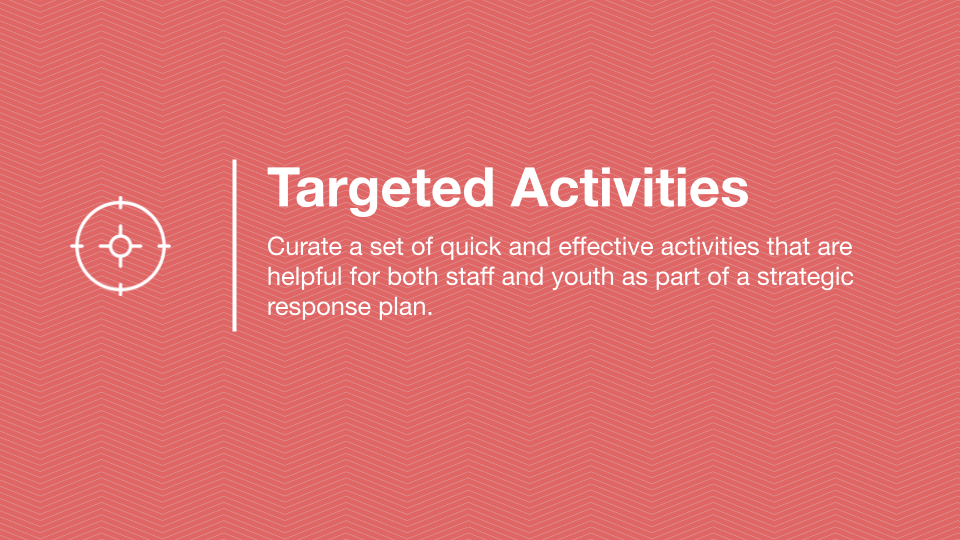
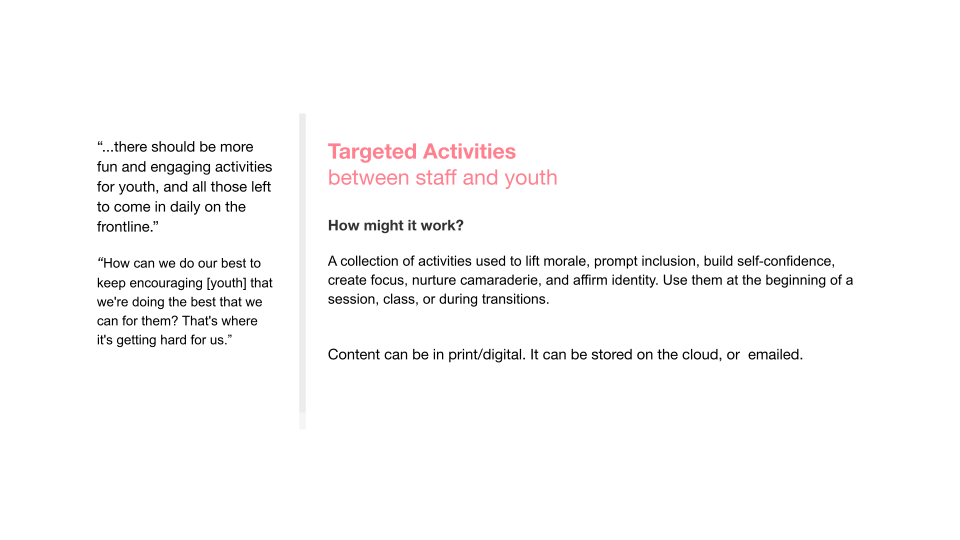
[wearable hugs] creating a wearable that produces a physical representation of a 'hug feeling'
[how it might work] a wearable technology vest that provides customizable deep touch pressure hugs that help calm and comfort people who are anxious or stressed out. This will help their ability to cope and increase attentiveness.
[how it might work] a wearable technology vest that provides customizable deep touch pressure hugs that help calm and comfort people who are anxious or stressed out. This will help their ability to cope and increase attentiveness.
"I miss hugging the kids, we have been cutting hugs out."
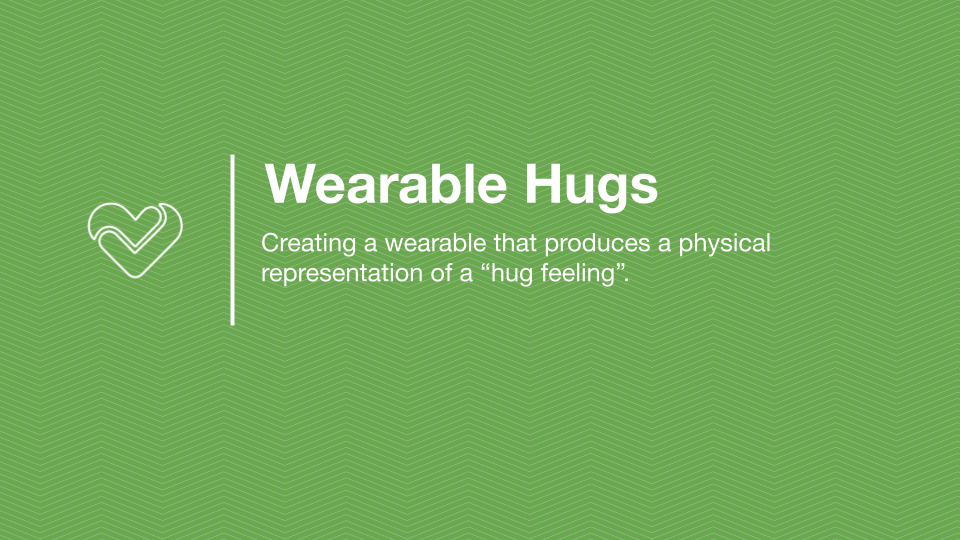
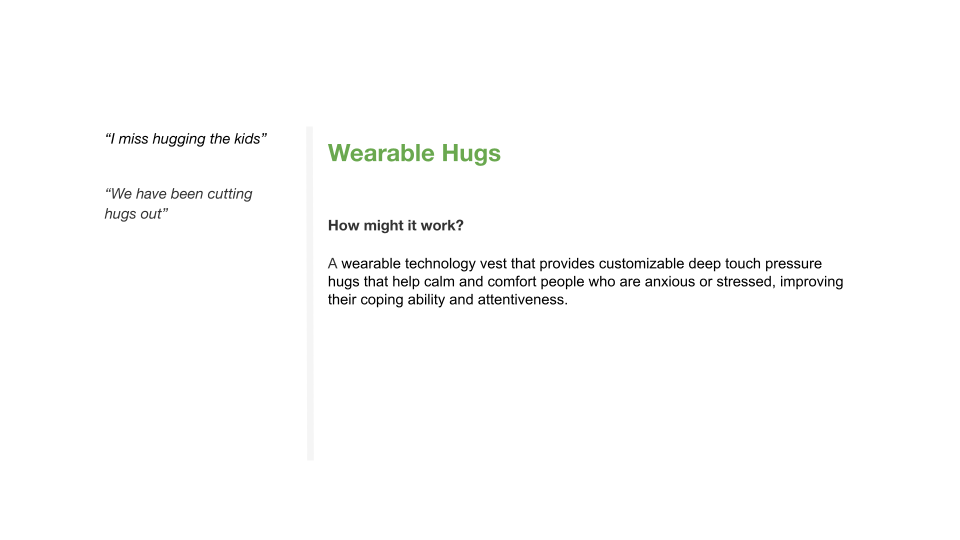
<deliverables>
A small sample of some of the minimal lovable solutions that I made for the client around targeted activities.

